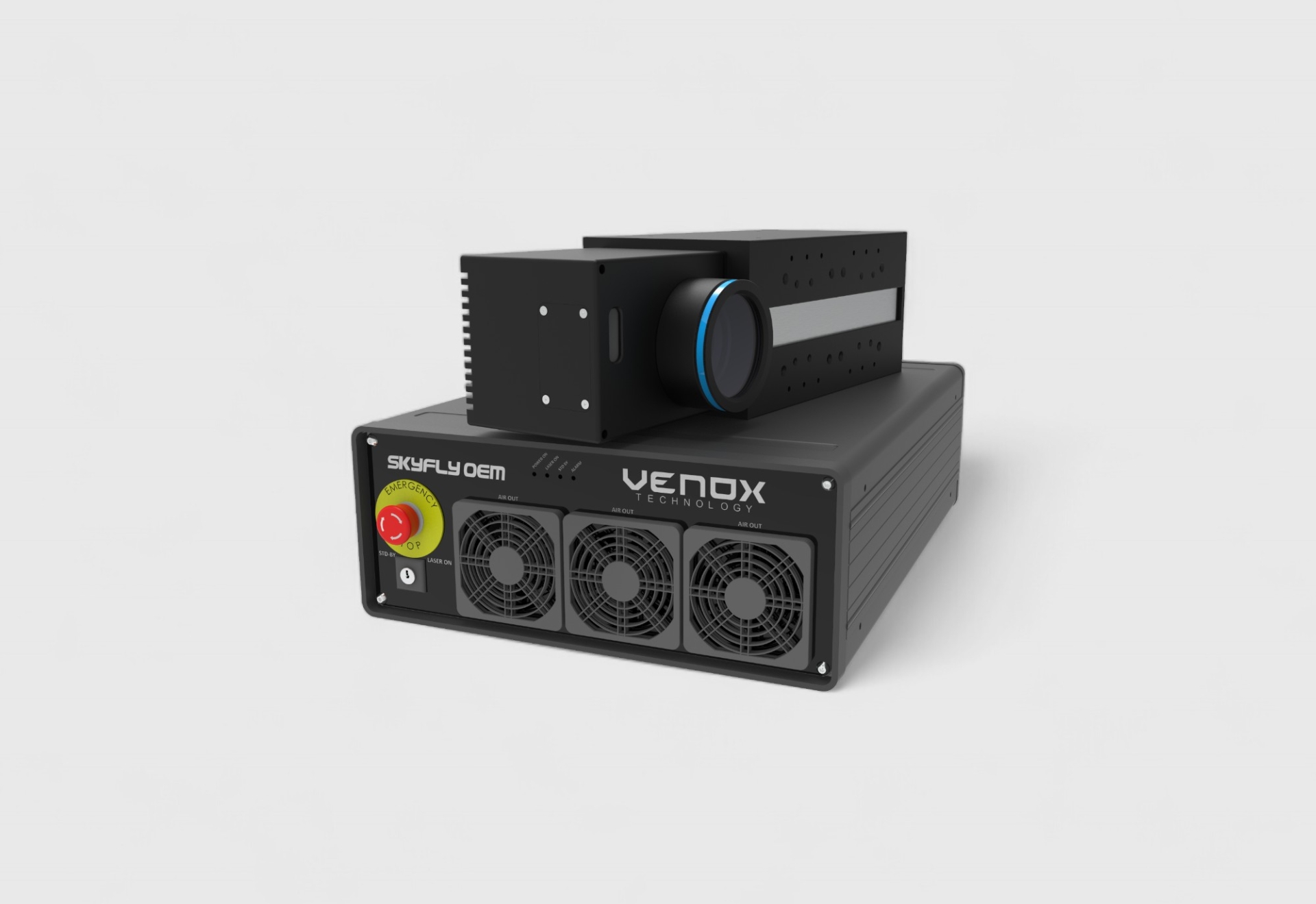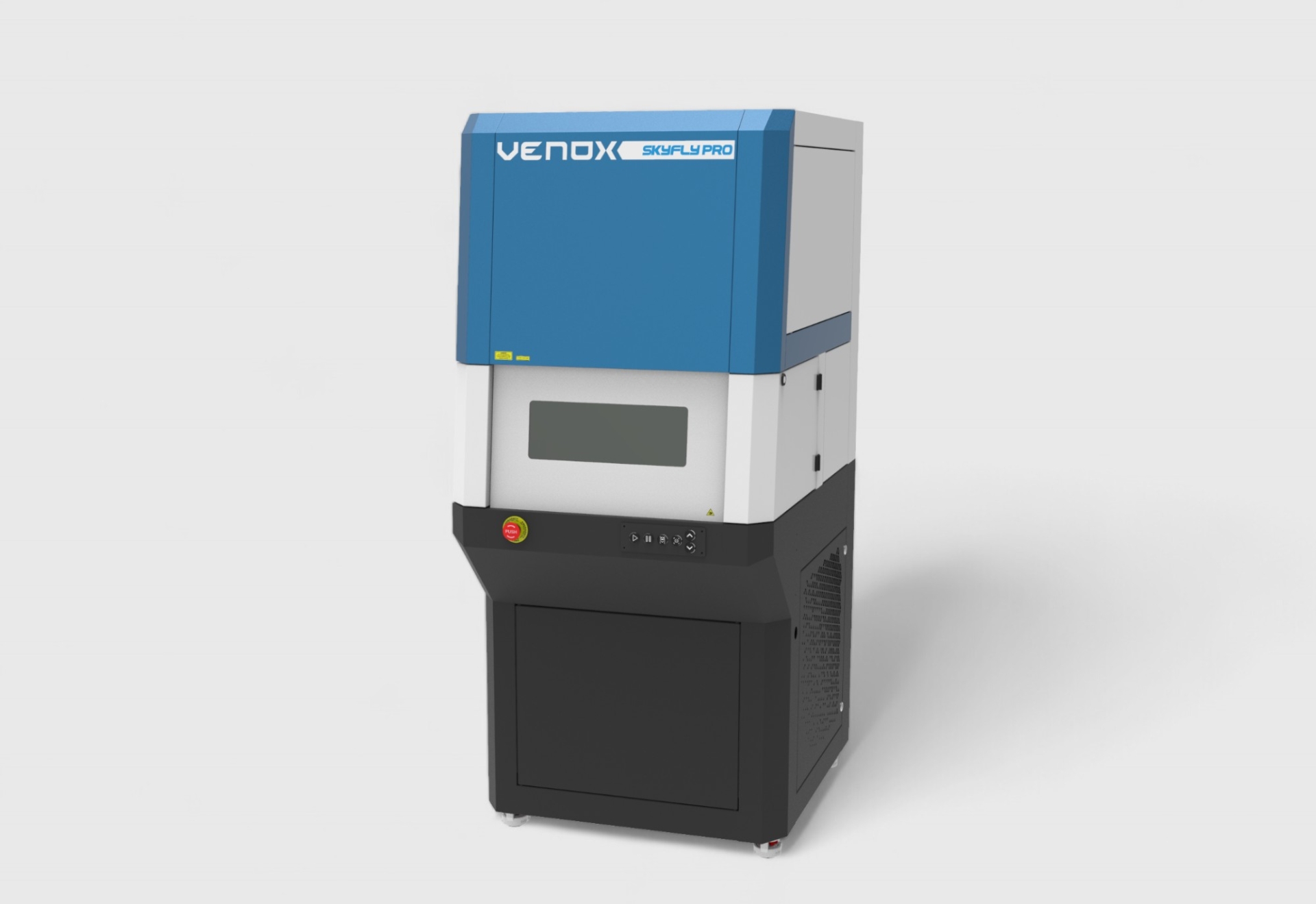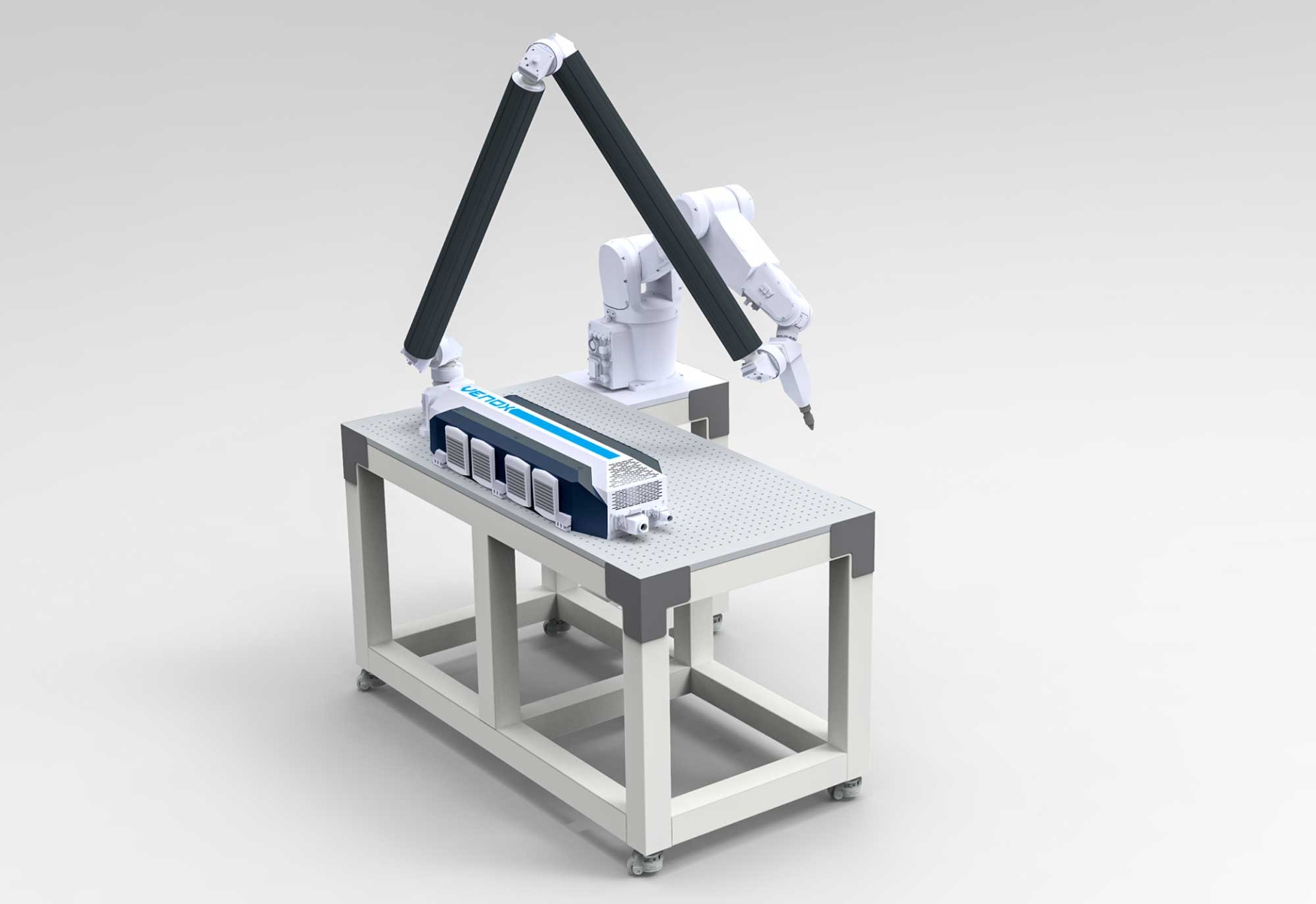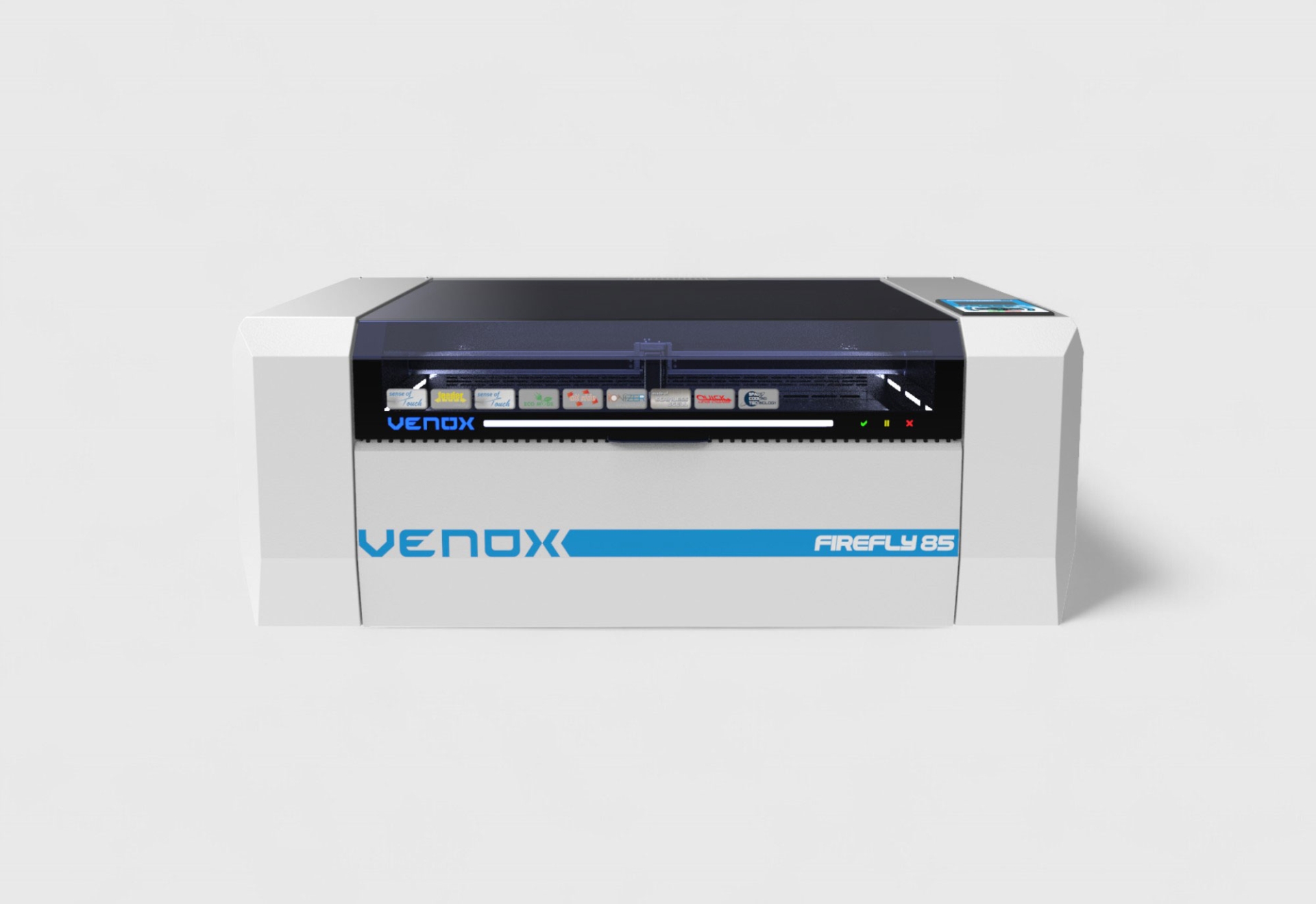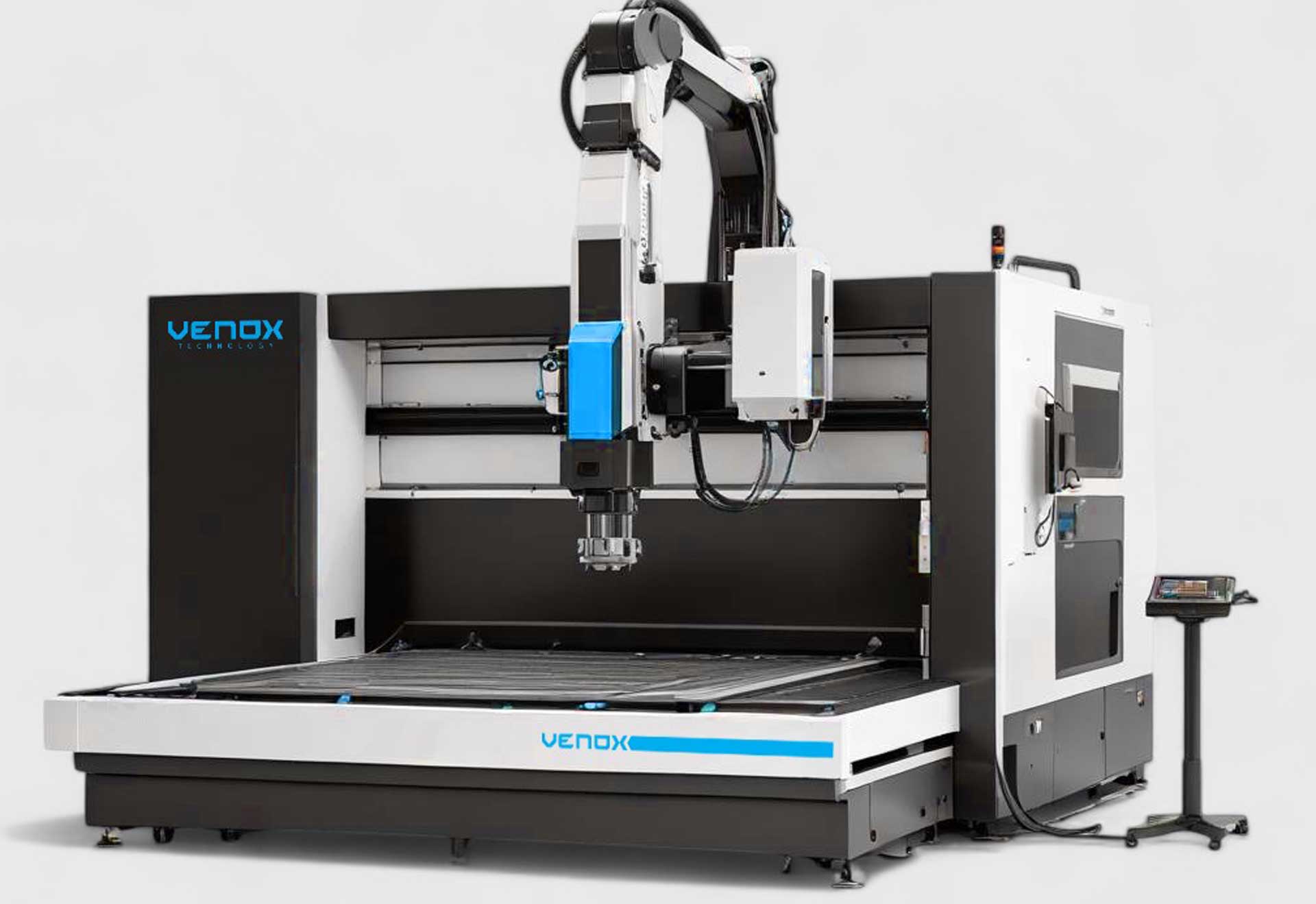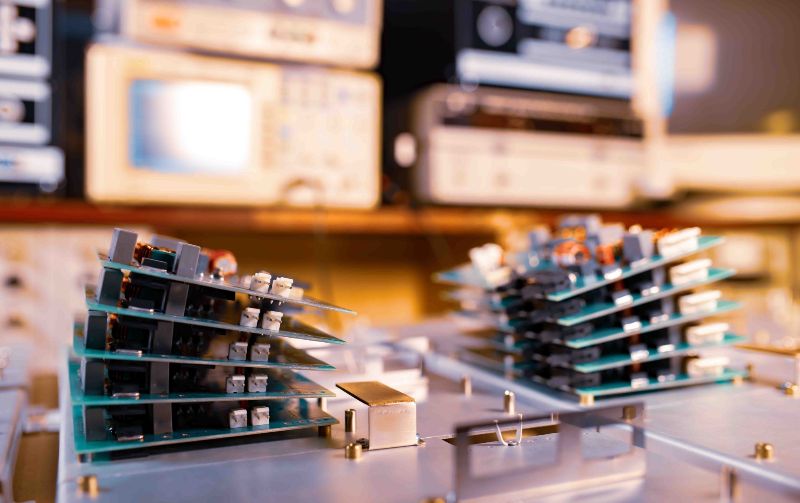Inline Laser Marking: Fast and Uninterrupted Marking on Mass Production Lines
What Is Inline Laser Marking?
Definition
Inline laser marking is an advanced laser technology that enables marking products in motion without stopping on production lines. Integrated into the automation infrastructure, this system allows high-speed and continuous marking.
How Does It Work?
As the product passes on the conveyor belt, it is detected by a sensor and the laser beam instantly focuses on the product surface. Thus, serial number, barcode, QR code, logo, or production date is permanently applied to the surface. All of this occurs without interrupting the product flow.
Advantages of Inline Laser Marking
Uninterrupted Production
Marking can be performed without stopping the production line. This feature provides time savings in high-volume production lines and maximum efficiency.
High Readability
Codes, text, and symbols produced by laser marking are resistant to wear, chemicals, and heat. They can be accurately read by barcode scanners for a long time.
Eco-Friendly Solution
Since no ink, solvent, or labels are used, it does not harm the environment. It also eliminates maintenance and consumable costs.
ERP and MES Integration
Inline laser marking systems can operate in sync with production management systems. In this way, product-based data can be marked automatically.
Use Cases
Automotive Industry
Engine parts, chassis components, sensors, and electronic modules are made traceable with laser marking.
Electronics Production Lines
Fast and precise marking is provided on circuit boards, connectors, micro components, and metal tags.
Food and Beverage Packaging Lines
Information such as expiration date, batch number, and barcode is marked directly onto the packaging surface. This process is much more hygienic than inkjet printing systems.
Medical Production Lines
Permanent marking can be applied to sterile products such as syringes, medicine packaging, and surgical instruments. These marks remain visible even after sterilization.
Technological Features
Dynamic Focusing
Even if the product surface has varying heights, the laser is directed to the correct point with automatic focusing sensors. This ensures sharp and consistent marking.
Galvo Scanning System
Thanks to galvo mirrors, the laser beam can scan at speeds up to 7000 mm per second. This system provides maximum speed on production lines.
Camera-Assisted Verification
After marking, an integrated camera system checks the accuracy of the codes. Incorrectly marked products can be automatically rejected.
Automation Compatibility
Works fully compatible with PLC, SCADA, and robotic systems. Venox laser marking systems support this integration as standard.
Structure of an Inline Laser Marking System
1. Laser Unit
The fiber or CO₂ laser source is selected according to the type of material to be processed. Laser power is typically between 20W and 100W.
2. Conveyor Belt
The production line on which products move at a defined speed. Working in integration with sensors, it automatically sets the laser marking positions.
3. Control Unit
The computer system that receives marking data, manages laser parameters, and supervises the production process. Dynamic data processing can be performed.
4. Imaging and Quality Control System
After marking, it performs optical scanning to analyze code accuracy and readability.
Types of Inline Laser Marking
Fiber Laser Marking Lines
Used for marking metal parts. Provides high speed and deep marking.
CO₂ Laser Marking Lines
Ideal for packaging, plastics, paper, and organic materials.
UV Laser Marking Lines
Used for heat-sensitive products, especially medical materials and glass surfaces, for precise applications.
Machine Selection Criteria
Production Speed
The laser’s scanning speed should be adjusted according to the product flow on the line. For production lines of 200–600 parts per minute, high-speed systems are preferred.
Material Type
Fiber for metal, CO₂ for plastic, and UV laser machines for glass or silicon are recommended.
Data Management
If product-based marking is performed, ERP and database connectivity should be supported.
Integration Support
Venox industrial laser machines provide full integration with robotic arms and production lines, contributing to smart manufacturing processes.
Conclusion
Inline laser marking is an innovative technology that provides speed, accuracy, and continuity for mass-production manufacturers. Performing marking without pauses on the production line creates advantages in both time and cost. With Venox’s advanced laser systems, achieving permanent, readable, and aesthetic marking on production lines is now much easier.
